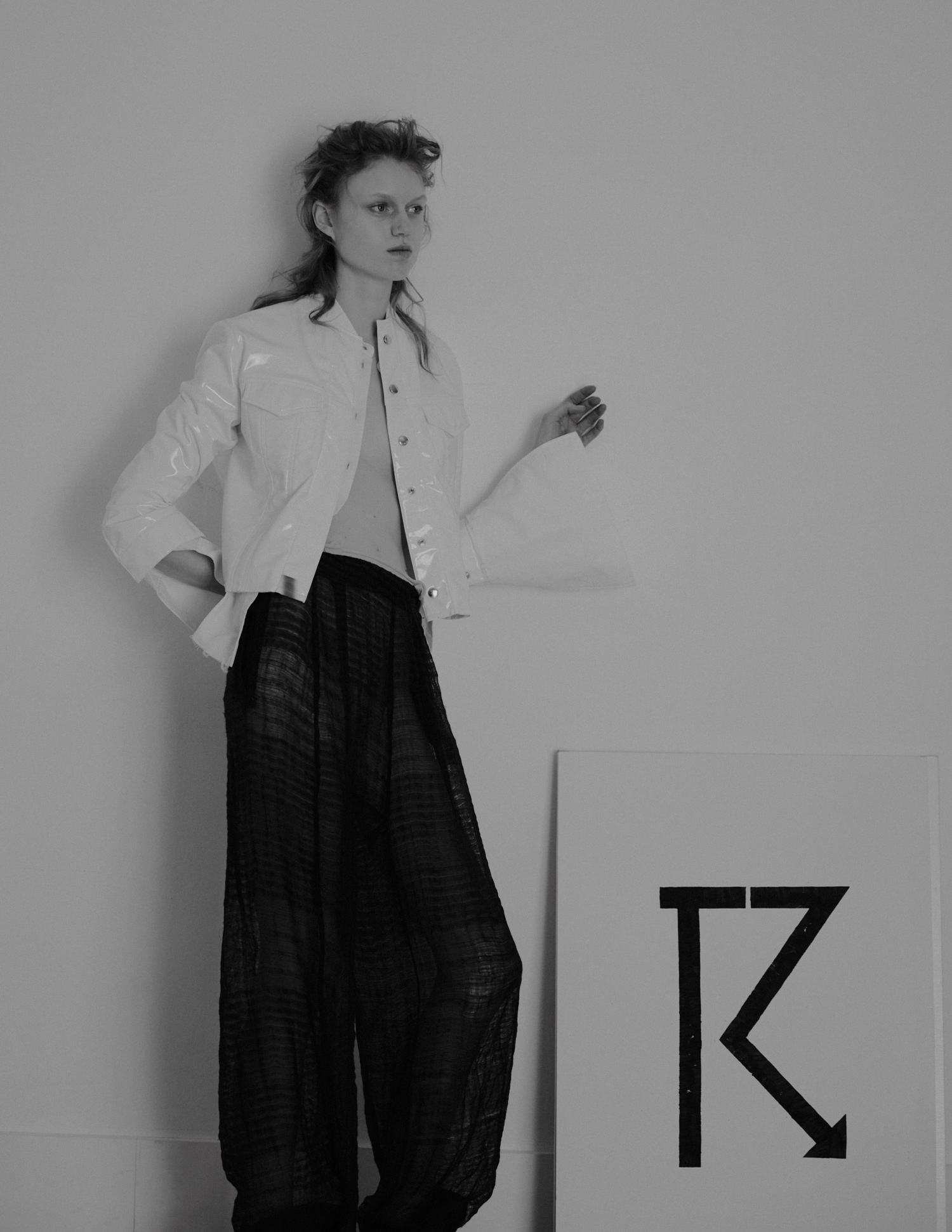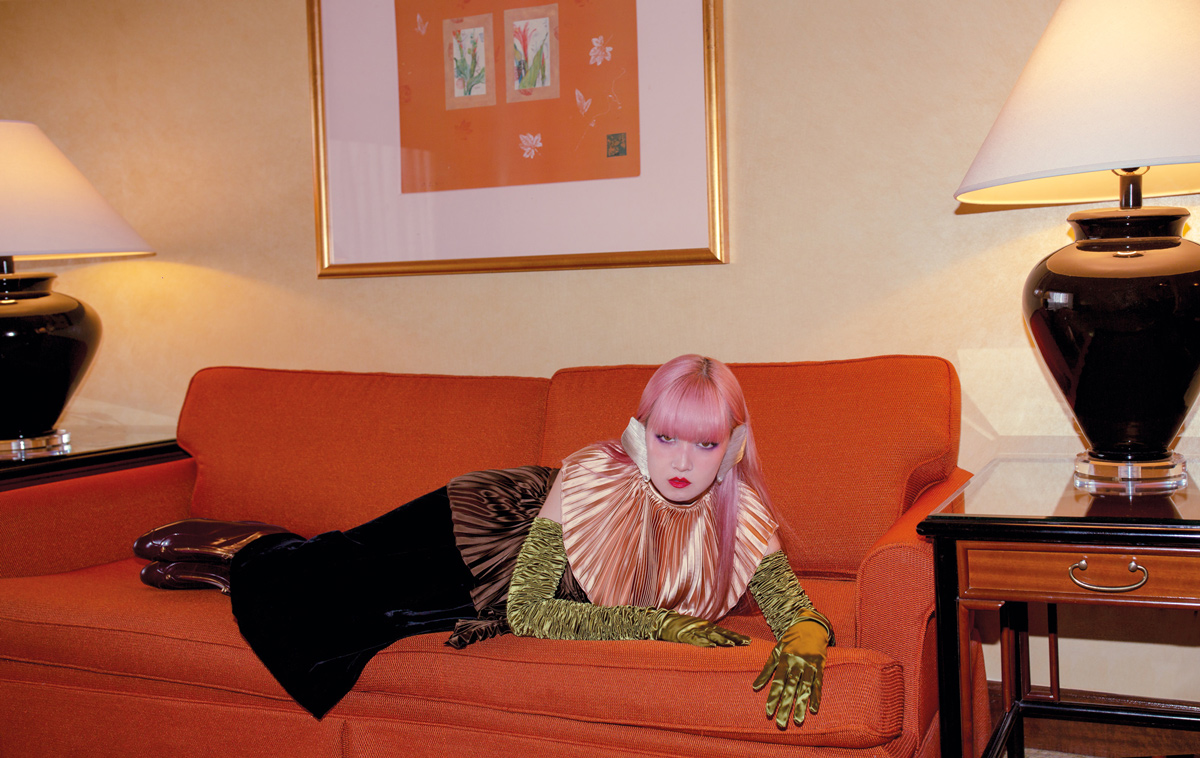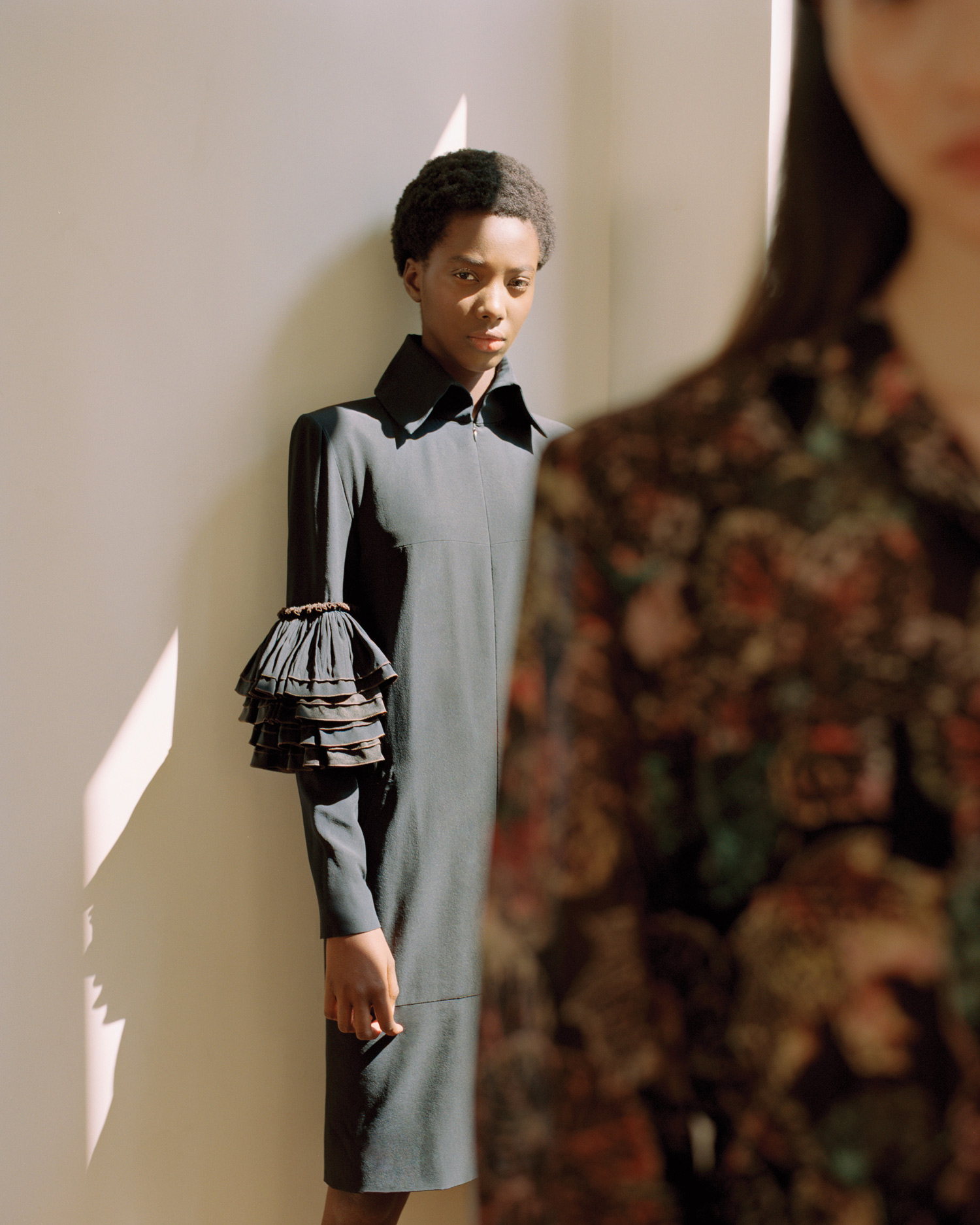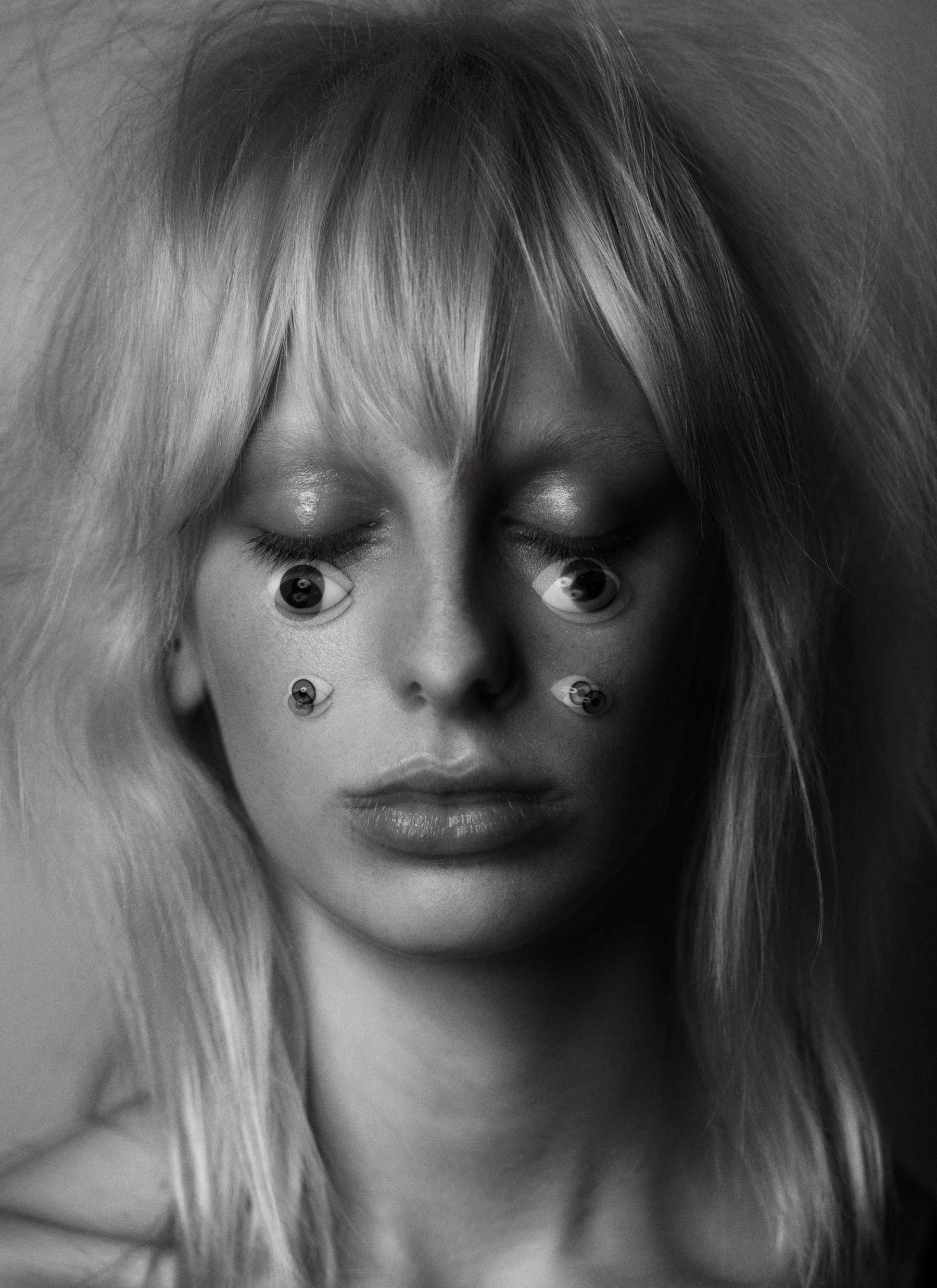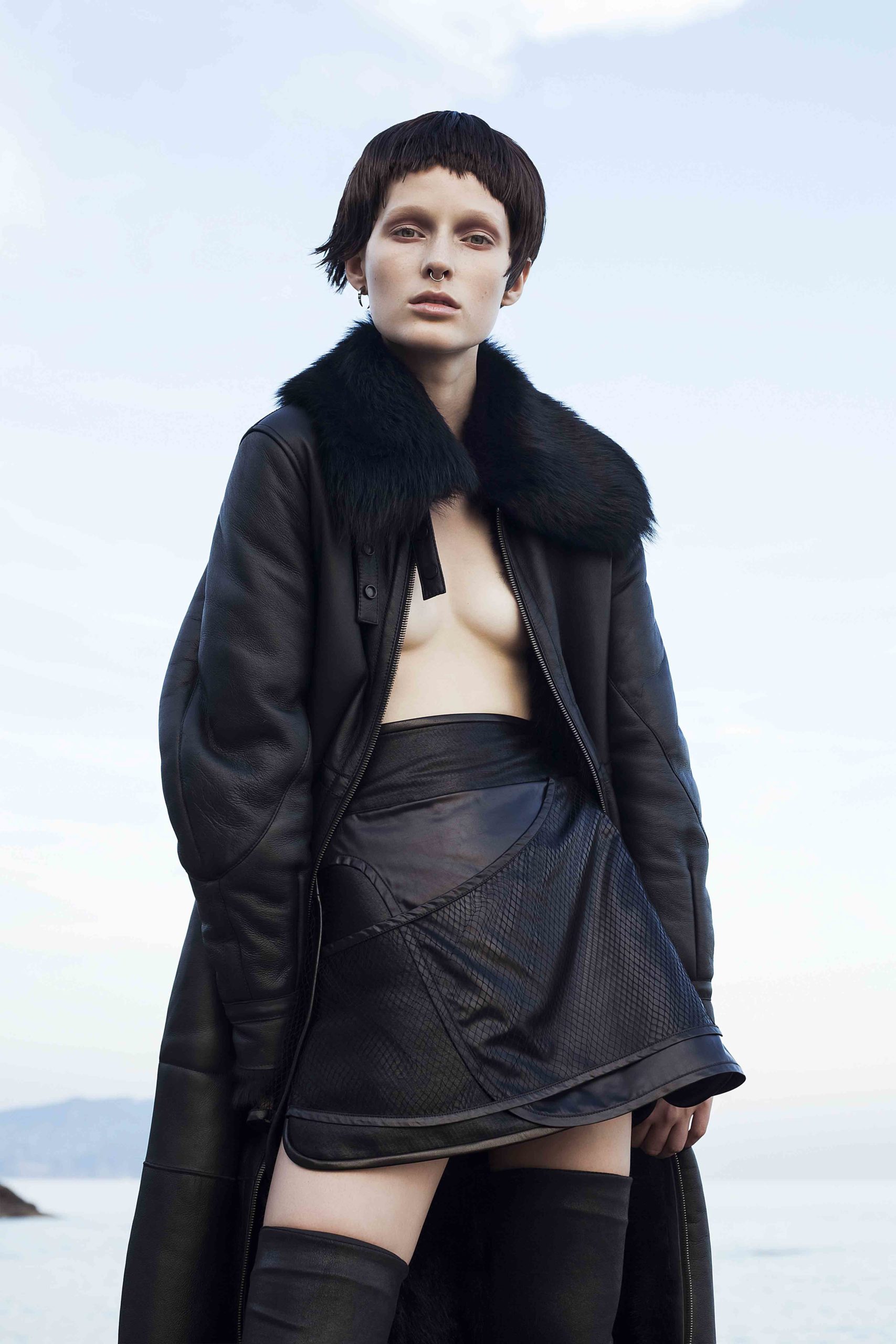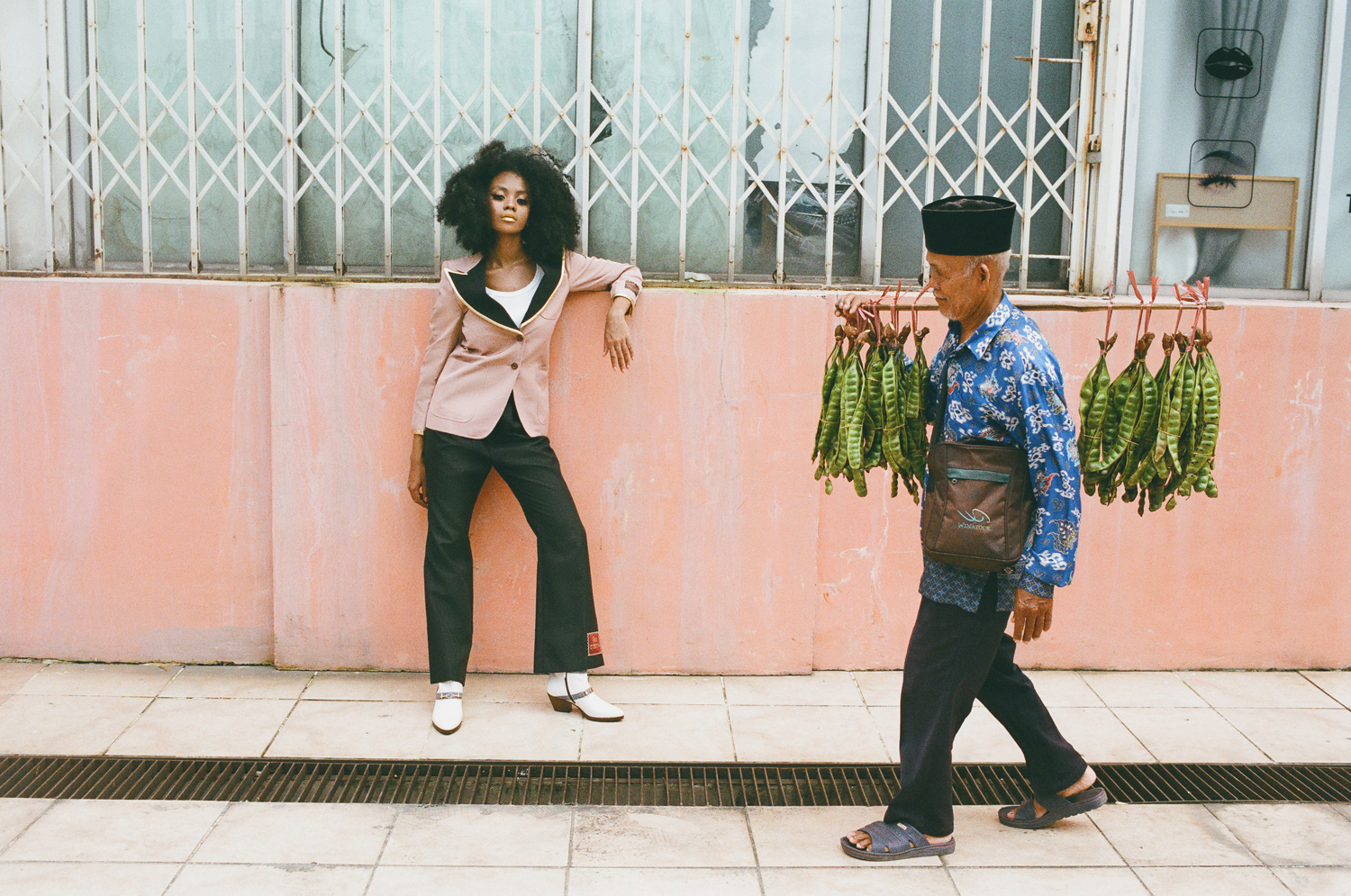Brave
New
World
Photography | Tom Goldblun
Styling | Darryl Rodrigues
Art Direction | Clifford Loh
Makeup | Christopher Kam
Hair | Javier Palacio
Model | Paula G (VIVA)
Text | Lesley Chee
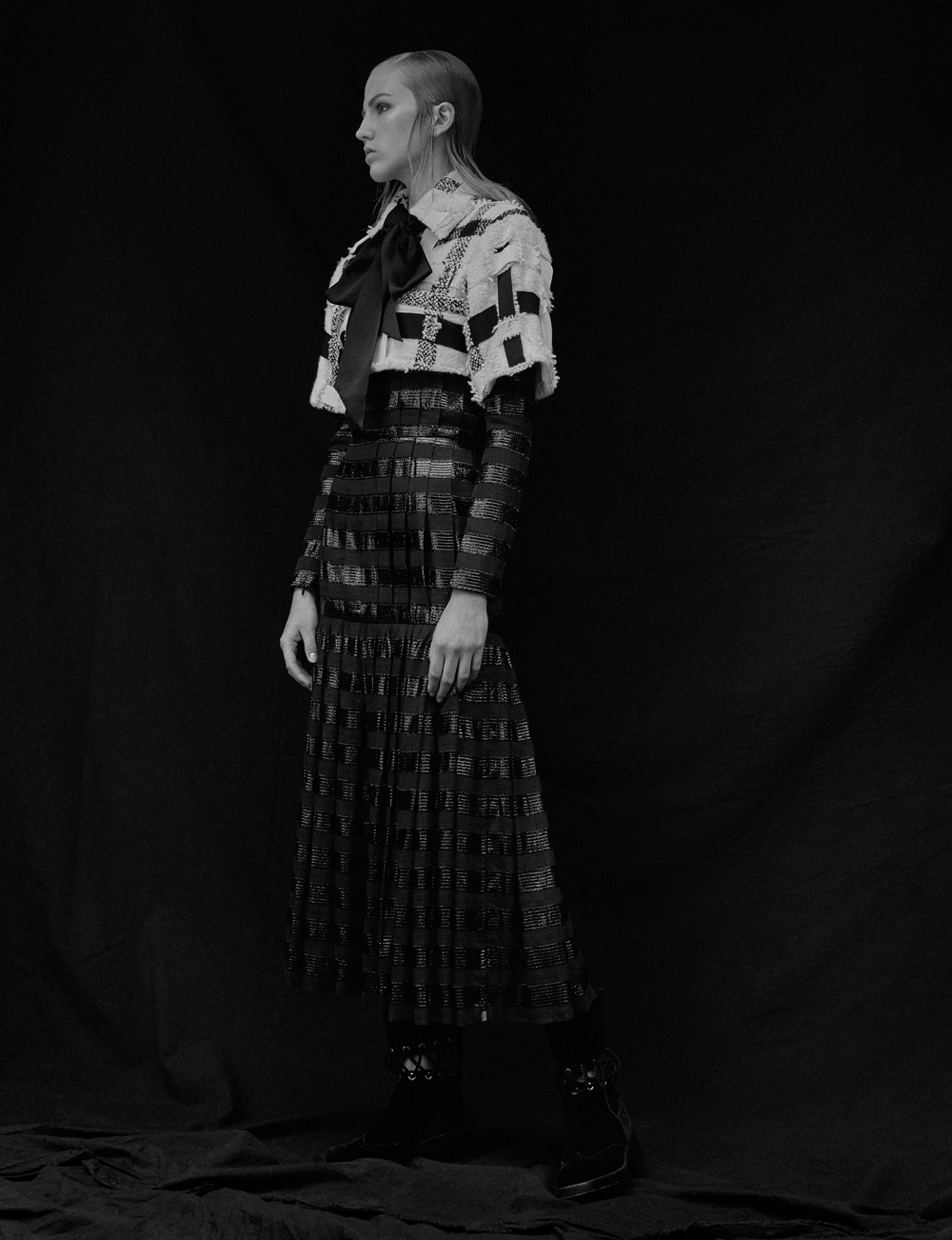
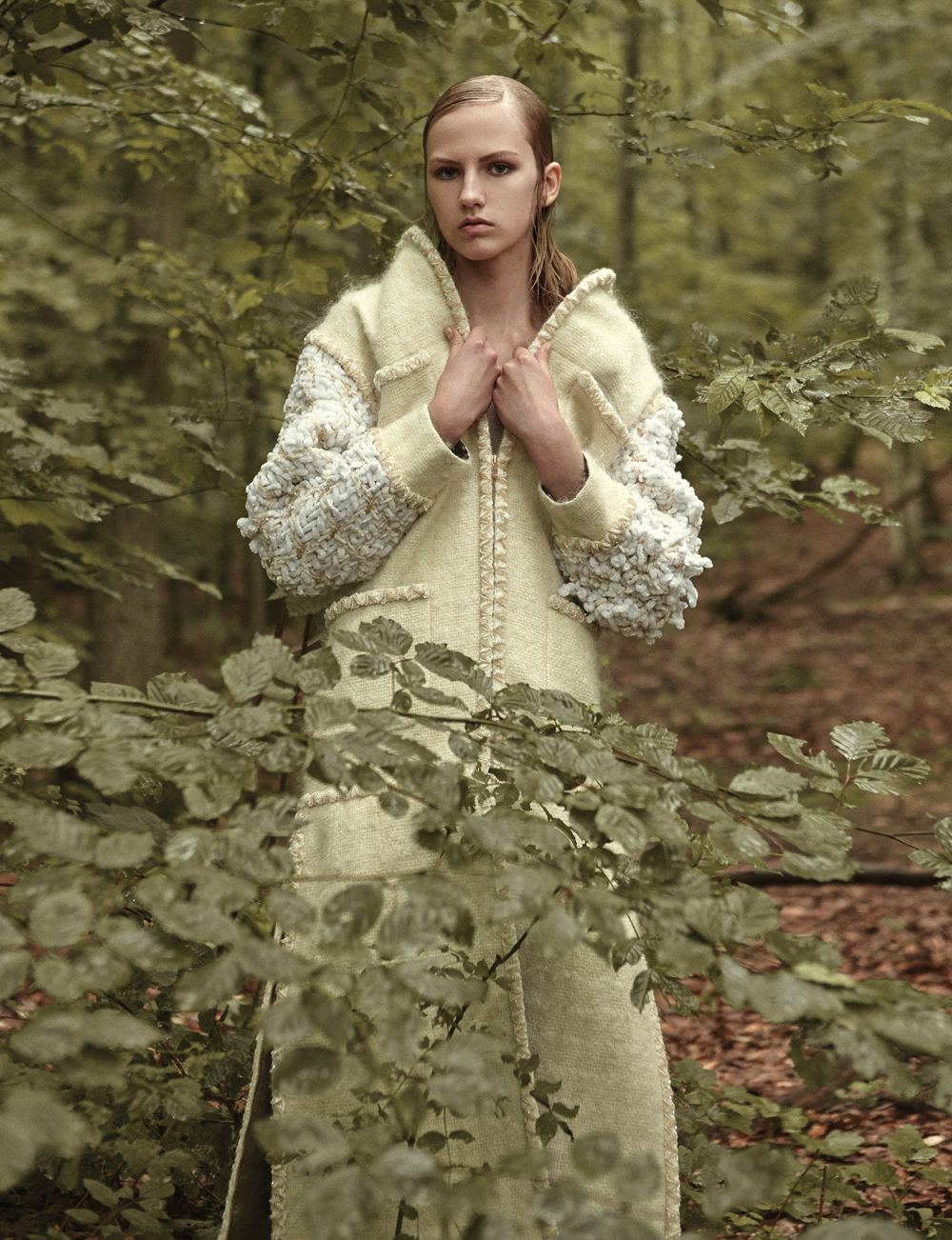
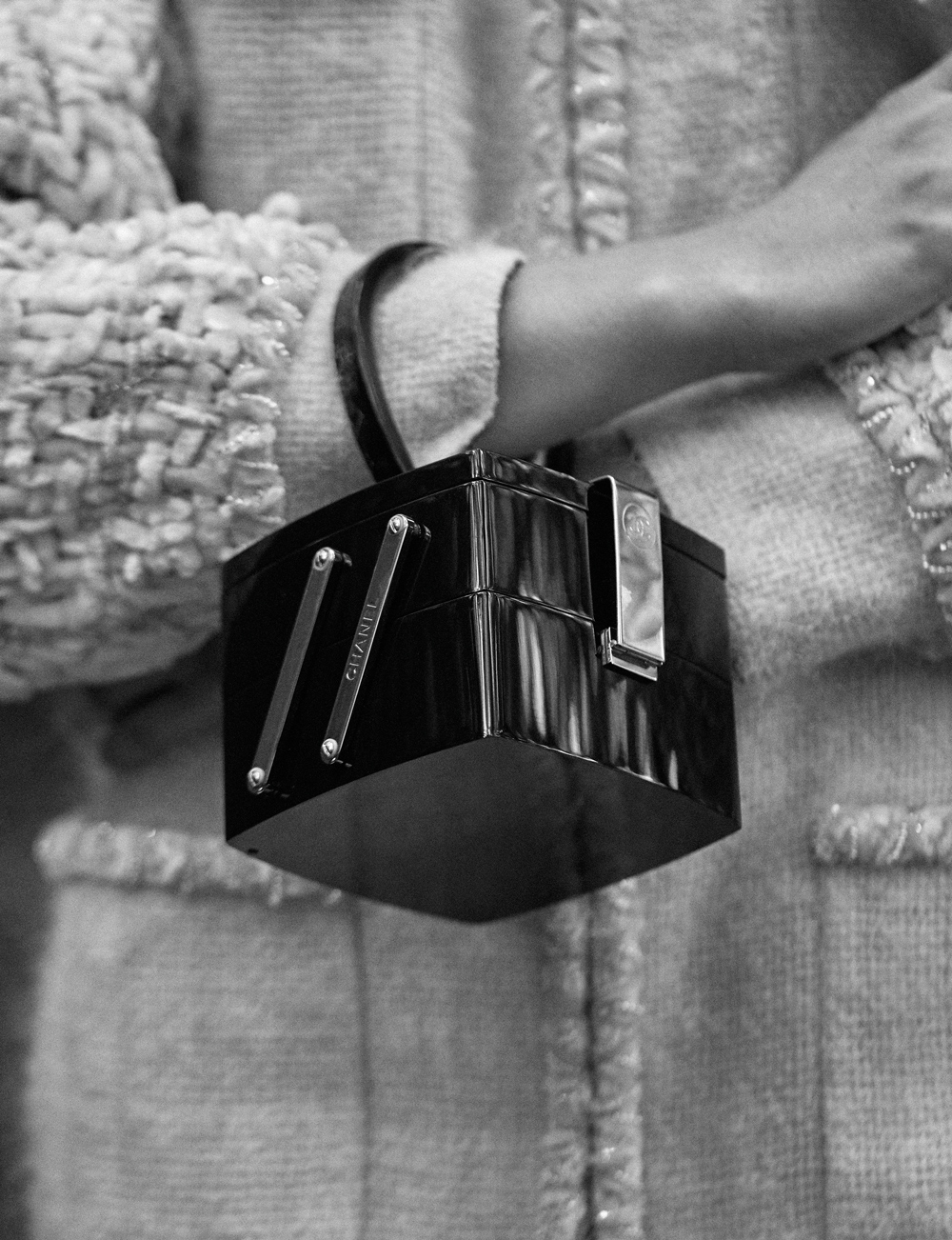
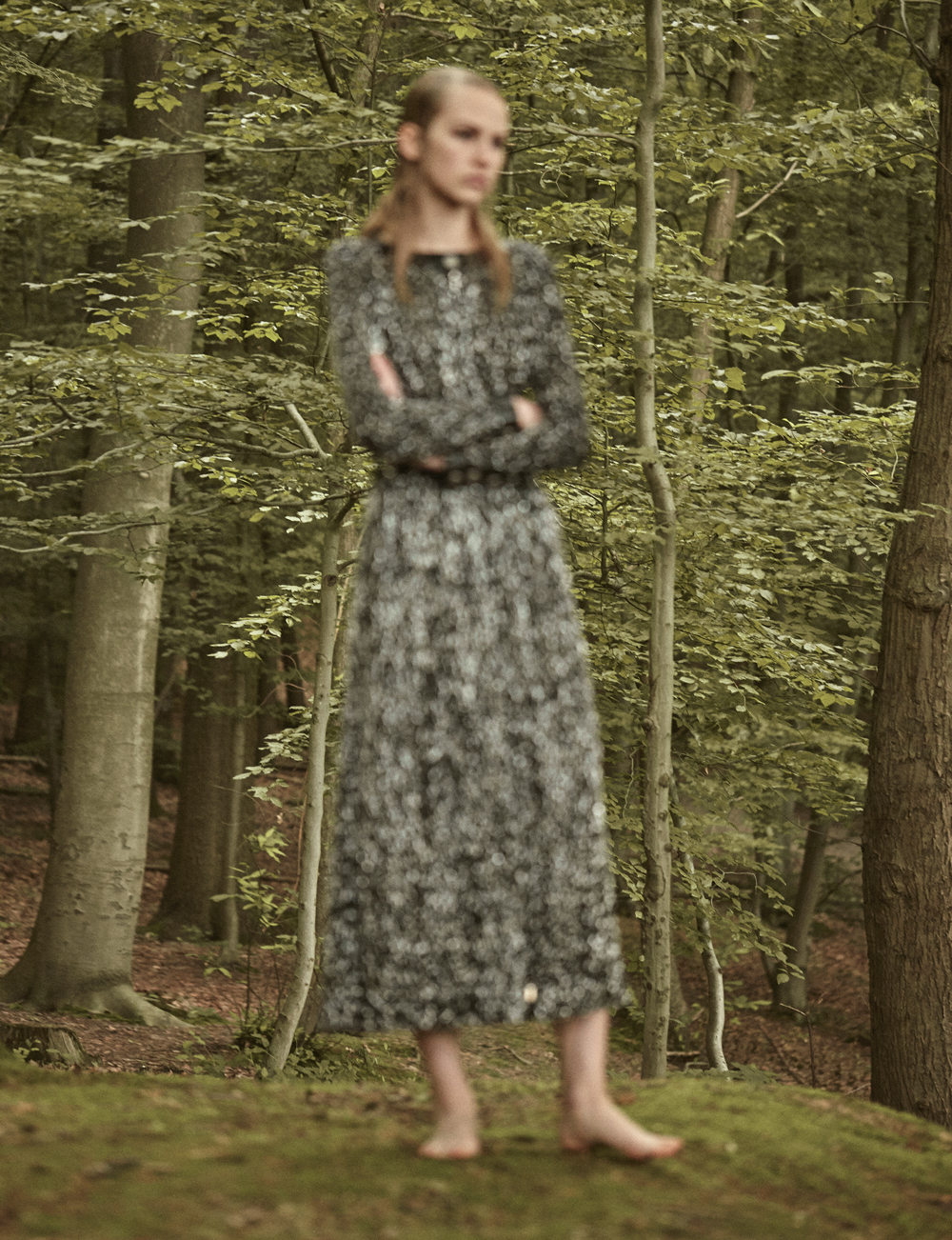
Chanel. Few names can conjure such specific imagery—of glittery tweed, little black dresses, chained purses, camellias, clouds of musky scent—and also inspire such covetousness. When we think of Chanel today we also associate it with a German maestro perpetually clad in monochrome and given to moments of spectacle, but before Karl there was Coco, and before Coco there was simply Gabrielle.
Gabrielle Bonheur Chanel’s life story hardly needs retelling; it has been the subject of countless unofficial biographies, books, a broadway musical, and several movies; searching ‘Chanel’ on Google brings up about 382 million results. But for all its elegance, its pearls, its bows, its highly successful perfume—a bottle of Chanel No5 sells every 30 seconds—people often forget that at the core of Chanel is revolution, and that Coco was, at heart, a rebel.
It was Coco herself who typified the sparse, sporty aesthetic that first sowed the seeds of rebellion and would later embody her career. She was, in fact, the quintessential tomboy, designing for a generation of working women who were starting to dress for themselves and their needs, and not merely for appearance. “One world was dying, another was coming into existence. I was there, an opportunity beckoned, and I took it,” she said, as penned by Jean Leymarie in Eternal Chanel. “I wonder why I ventured into this profession, and why I was seen as a revolutionary in the field. It was not really to create what I liked as much as it was to remove from fashion, first and foremost, the things I did not like...I was the tool of Destiny in a necessary process of cleansing.”
Today the reins of Chanel have been passed to Karl Lagerfeld, who started designing for the house in 1983. If Coco removed, then Lagerfeld adds, and multiplies. He sees himself as a cultural commentator, often an instigator. While the Fall/Winter 2016 collection carried some of the hallmarks of Chanel—the boater hats, luxuriously updated; the camellias, blown up into oversized prints along the legs of trousers; 2.55s clasped under arms; cascading strings of pearls; the heavy-duty riding boots—there were also lashings of Lagerfeld in the mix: emojis on diamanté belt buckles and cuffs, and printed onto bags and jackets; an abundance of tulle and tiered lace; quilted silk; metallic tweed; and embellished gloves. For Lagerfeld, as he told Andrew O’Hagan in a New York Times interview last year, doesn’t believe in experience; rejecting the past, creating his own legacy, he is respectful of the heritage of Chanel without ever being constrained.
It is a skill he learned from his years of designing, not only for Balmain and Chloé—where he captured the Pop Art zeitgeist of the ’70’s—but also for Isetan and H&M. It is perhaps what makes him so enduring: his ability to tap into the current age, through his own lens, and always with a tireless sense of surprise and wonder. Who can forget the Chanel supermarket, the Chanel airport, the Chanel casino—not to mention the Cruise shows in ever-increasingly exotic locales—but, proving again his flair for the unexpected, Lagerfeld chose to do away with all the trappings for Fall/Winter 16. Everyone had front row seats; on the one hand, no more fighting for exclusivity, and, on the other hand, no more exclusivity assigned to a front row seat. Perhaps a comment on the times, or perhaps a nostalgic return to the way that fashion collections used to be shown in couture houses before the runway and fashion weeks became a ‘thing’—either way, it was unpredictable, as is classic Chanel.
Coco Chanel’s success, Leymarie suggests, was her ability to create a “synthesis between the timeless and the contemporary, between social distinction and democratic conformity”. Karl Lagerfeld, as O’Hagan writes, loves only the present. In doing so, like Coco did in her years before him, he speaks to a new generation, shaking off the threads of the past while taking elements of the familiar and presenting a brave new world—one that is irreverently Chanel.
